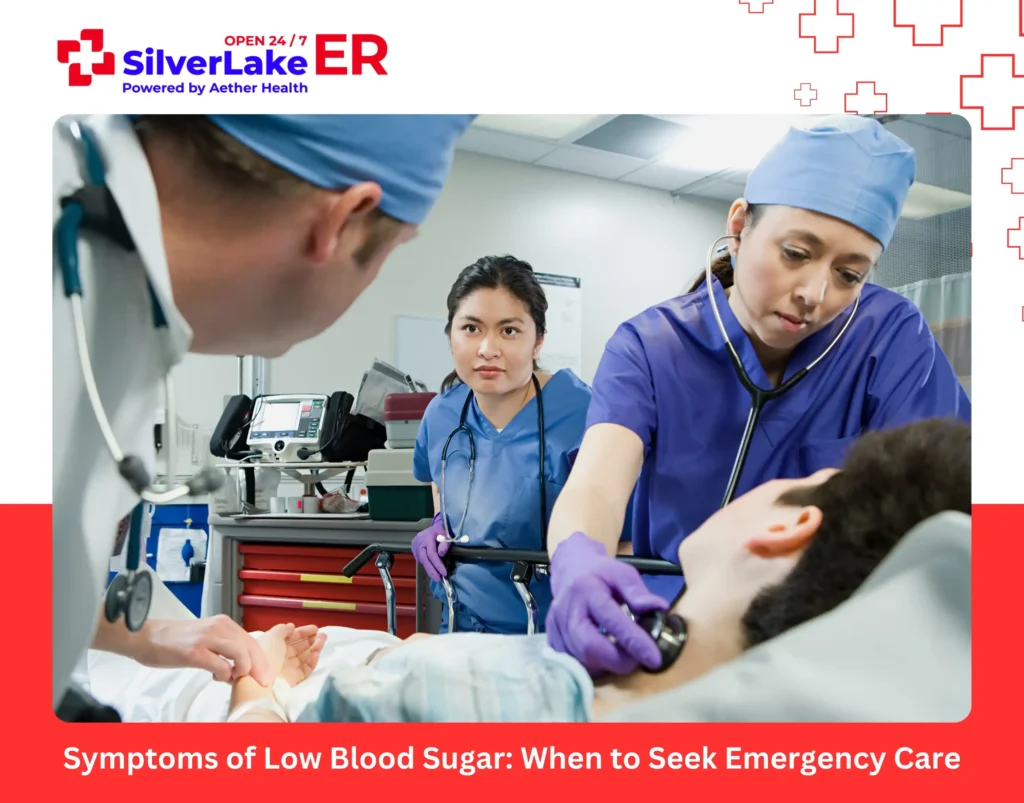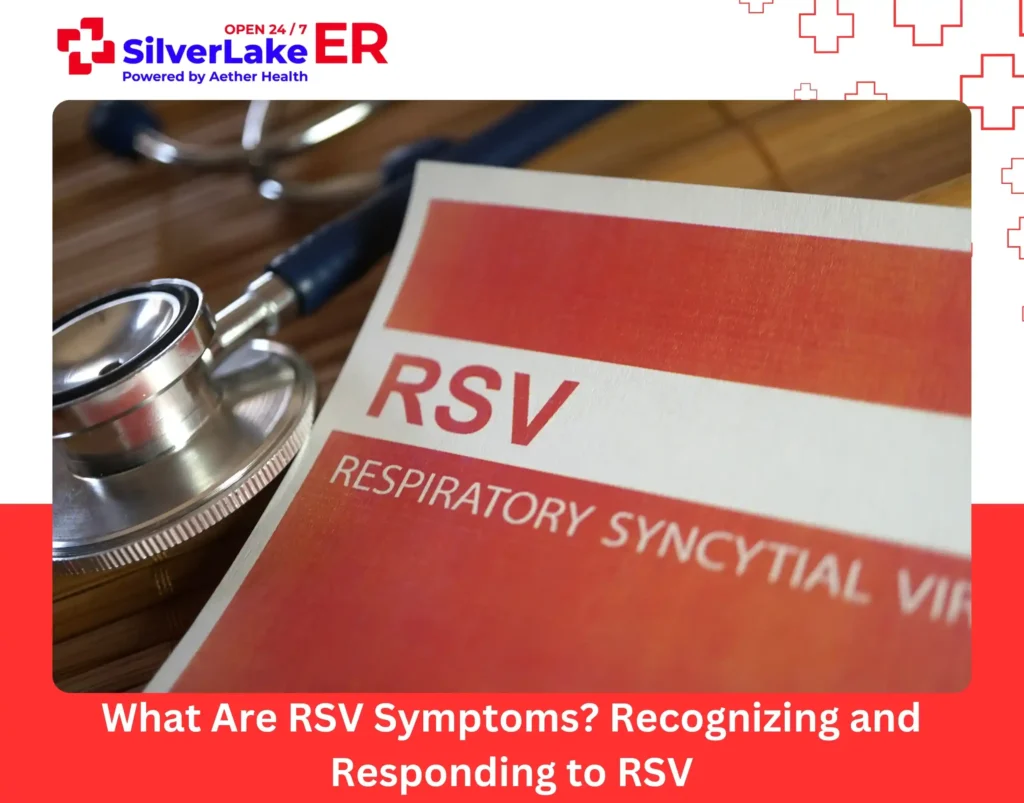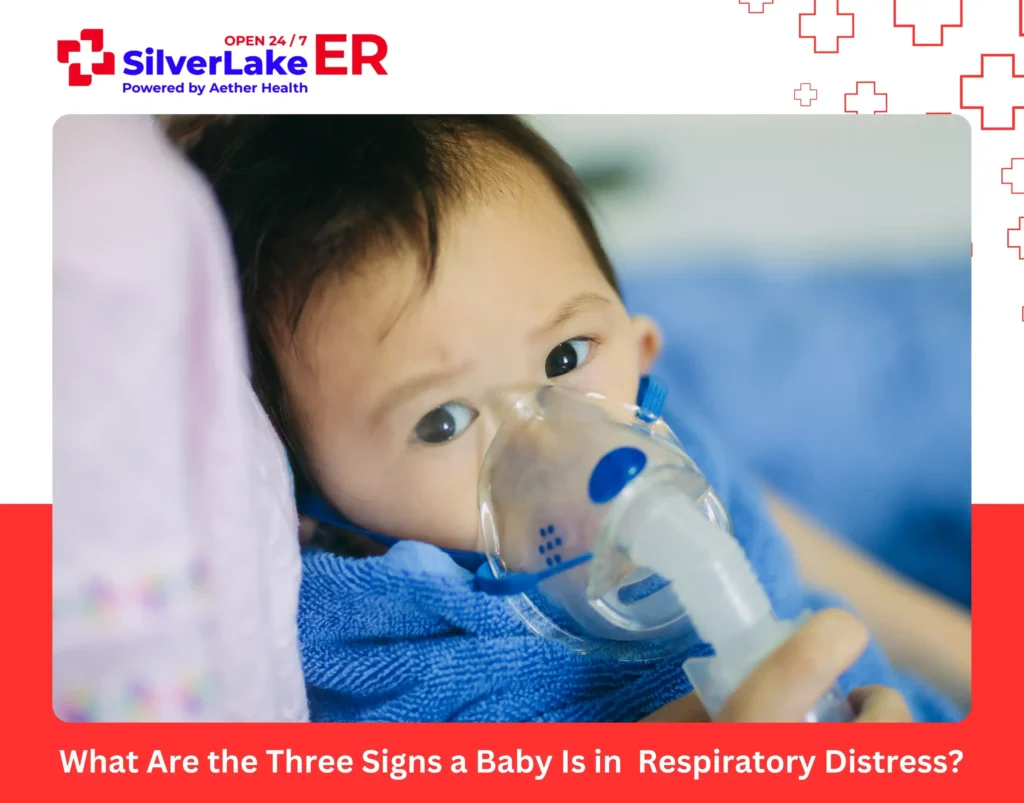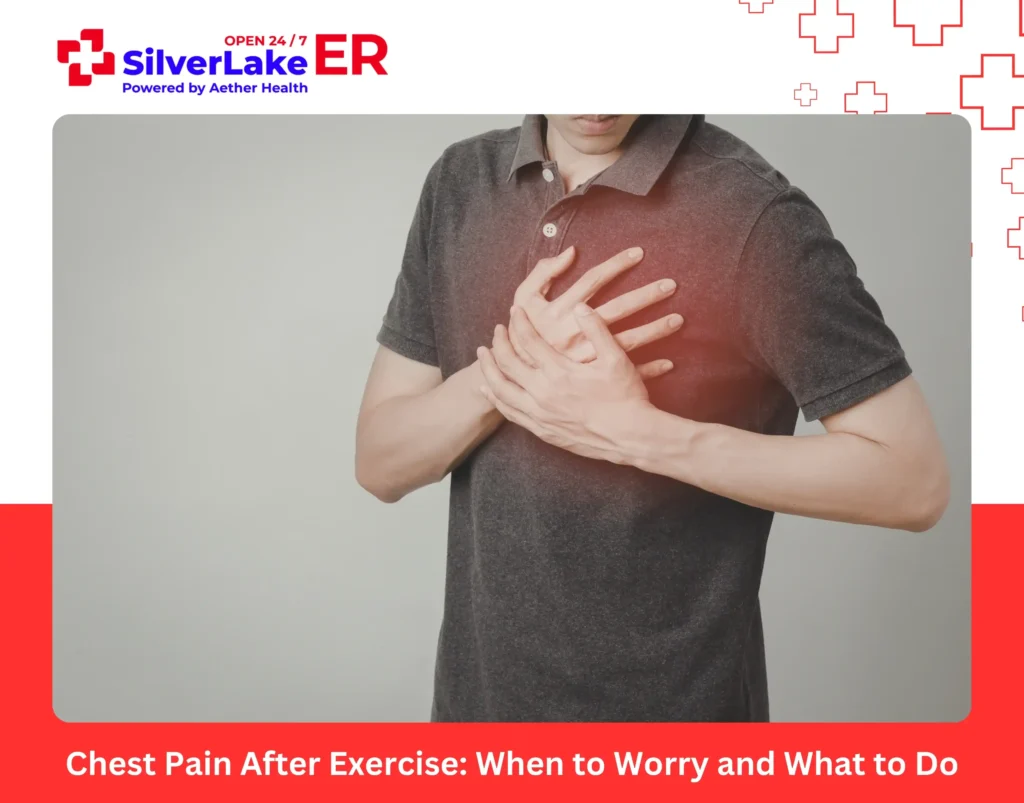Did you know that symptoms of low blood sugar can go from mild shakiness to unconsciousness in under 30 minutes? But most people mistake these warning signs for everyday hunger, stress, or fatigue.
The good part is, your body sends clear signals before glucose levels become dangerous. The bad part is, millions dismiss these signs as “just feeling off”, until they’re too confused or weak to help themselves.
If you catch those early signals and act fast, you can prevent a medical emergency entirely. Let’s walk through the critical symptoms of low blood sugar so you can recognize them and stay safe.
Early Warning Signs of Low Blood Sugar
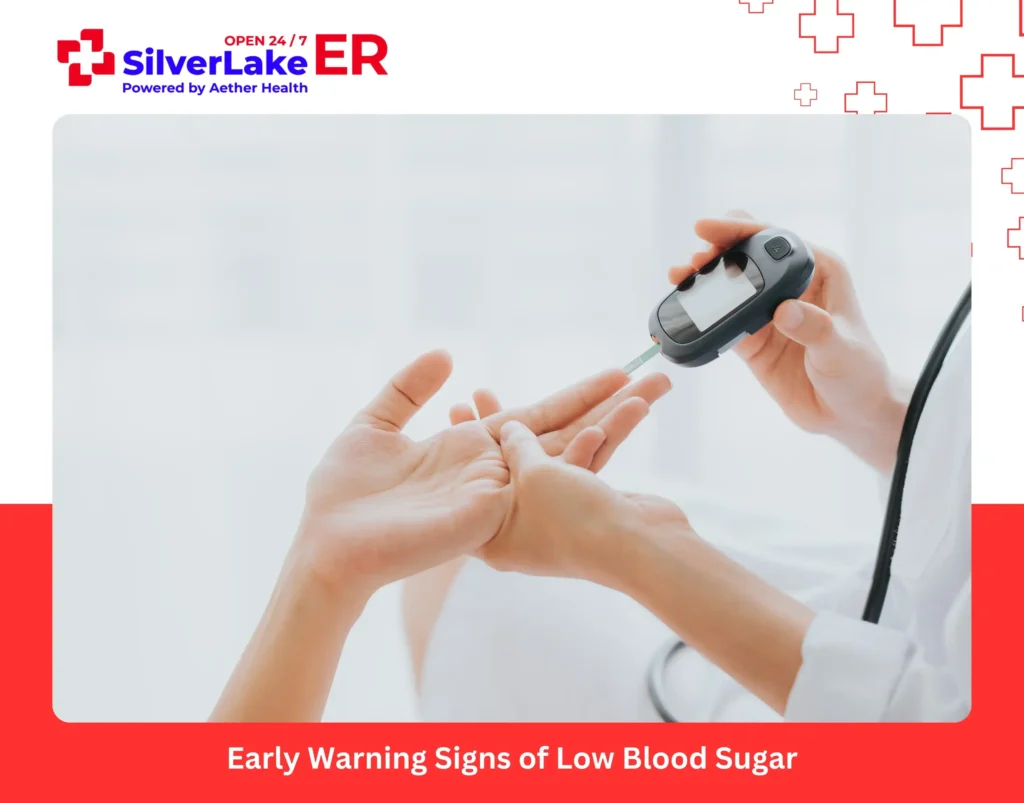
Low blood sugar, or hypoglycemia often starts with mild symptoms. These early warning signs of low blood sugar are your chance to act before things get serious. If you miss them, you’re looking at a potential emergency.
- Shakiness or Trembling: You may feel your hands or whole body start to shake, even if you’re not cold or nervous.
- Sudden Hunger: A strong, urgent craving to eat, especially for sweets or carbs. It is common as your body tries to restore sugar levels.
- Sweating: Unusual sweating, even when you’re not hot or exercising. It can be one of the first early warning signs.
- Fast Heartbeat: A racing heart or feeling of a skipped beat may signal low sugar levels.
- Irritability or Mood Changes: You might suddenly feel anxious, restless, or easily upset without a clear reason.
- Dizziness or Lightheadedness: Feeling faint or unsteady since your brain isn’t getting enough glucose.
If you catch these signs early, a glucose tablet or glass of juice can restore balance in minutes. But ignoring them can lead to more severe symptoms that need emergency medical help.
Severe Symptoms of Low Blood Sugar
When early warning signs go unnoticed, symptoms of low blood sugar escalate quickly. At this point, your brain and vital organs aren’t getting the glucose they need to work properly. This becomes a medical emergency requiring immediate professional help.
- Confusion or Slurred Speech: You can’t think straight, struggle to answer basic questions, or your words come out jumbled. People often describe this as feeling “drunk” without drinking alcohol.
- Blurred Vision: Everything becomes fuzzy or you see double, making it impossible to read, drive, or navigate safely. Your visual processing shuts down as your brain conserves energy.
- Loss of Coordination: You might stumble, drop things, or have trouble walking straight.
- Seizures: Severe hypoglycemia can trigger seizures, muscle spasms, or uncontrollable twitching. This happens when your brain’s electrical activity becomes disrupted.
- Loss of Consciousness: In extreme cases, You may faint or pass out completely. This represents complete brain dysfunction and is a life-threatening emergency.
What to do if you suspect severe symptoms of low blood sugar:
Call 911 or visit your nearest emergency room immediately if someone shows confusion, has a seizure, or loses consciousness from suspected hypoglycemia. Don’t attempt home treatment at this stage. Professional medical intervention is essential for survival.
High-Risk Situations for Low Blood Sugar
Symptoms of low blood sugar don’t strike randomly. Certain situations and health conditions increase your risk or make symptoms more difficult to notice. Being aware of these can help you take action more quickly and prevent emergencies. Here’s when your hypoglycemia risk spikes.
1. Diabetes and Insulin Use
Managing diabetes with insulin or oral medications creates a delicate balancing act. A missed meal after taking medication, taking too much insulin, or unexpected physical activity can send your blood sugar plummeting fast.
2. Skipping Meals or Fasting
Going too long without eating, especially if you’re physically active, can cause your blood sugar to dip dangerously low, even if you don’t have diabetes.
3. Alcohol on Empty Stomach
Alcohol blocks your liver from releasing stored glucose when your blood sugar drops. Drinking without eating creates a perfect storm for hypoglycemia, sometimes hours after your last drink.
4. Intense Physical Activity
Exercise burns glucose. If you work out without eating enough before or after, your blood sugar can crash, often when you least expect them.
5. Certain Health Conditions
Liver disease affects glucose storage and release, while hormone disorders can disrupt normal blood sugar regulation. Rare conditions like insulin-producing tumors can also cause unpredictable low blood sugar episodes even in healthy individuals.
Stay Alert During These Situations
The more risk factors you have, the more vigilant you need to be about recognizing symptoms of low blood sugar before they become emergencies.
When to Go to the Emergency Room for Low Blood Sugar

Low blood sugar can go from mild to life-threatening in minutes. If symptoms become severe or don’t improve quickly after eating or drinking something sugary, it’s time to call for emergency help.
Go to the ER If:
- You feel confused, drowsy, or can’t think clearly
- You experience seizures or lose consciousness
- You can’t swallow safely or keep food and drinks down
- Your blood glucose stays below 70 mg/dL despite consuming fast-acting carbohydrates
- You are alone with no one available to monitor or assist you
Don’t second-guess yourself with severe hypoglycemia symptoms. When in doubt, seek emergency care. It’s better to be cautious than risk permanent complications.
How ERs Treat Low Blood Sugar Emergencies

Emergency departments follow proven protocols to quickly stabilize dangerous blood sugar levels. Here’s what typically happens when you arrive:
- Immediate Blood Sugar Check: Your blood glucose level is tested right away to confirm levels and guide treatment. Vital signs and neurological function are assessed simultaneously.
- Glucose Treatment: If you’re conscious and able to swallow, you’ll be given:
- Glucose tablets or gel
- A sugary drink or juice
If you’re unconscious or unable to eat or drink:
- IV glucose is directly injected into your bloodstream
- Or a glucagon injection is given to rapidly raise your blood sugar fast
- Monitoring and Observation: Your vital signs and glucose levels are closely monitored. Most patients stay for observation to ensure levels stabilize and prevent dangerous rebounds.
- Finding the Cause: The staff may run lab tests and review your medications and recent habits to identify what triggered the hypoglycemic episode and prevent future occurrences.
- Discharge Planning: Before leaving, you’ll receive personalized guidance on blood sugar management, medication adjustments if needed, and clear instructions on when to seek emergency care again.
Stay Ahead of Low Blood Sugar
Recognizing symptoms of low blood sugar early gives you control over a potentially dangerous situation. Whether you’re managing diabetes or experiencing unexplained glucose drops, these warning signs are your body’s way of protecting you.
Trust them, act quickly, and never hesitate to seek emergency care when severe hypoglycemia symptoms develop. Your health and safety depend on taking every symptom seriously.
Frequently Asked Questions
1. Can low blood sugar happen without diabetes?
Absolutely. While hypoglycemia is more common in people with diabetes, it affects anyone who skips meals, drinks alcohol on an empty stomach, exercises intensely without proper nutrition, or has certain medical conditions affecting glucose regulation.
2. How fast can blood sugar drop to dangerous levels?
Symptoms of low blood sugar can develop within 15-30 minutes, especially after insulin use, missed meals, or unexpected physical activity. Some people experience rapid changes in just minutes, which is why immediate action is crucial.
3. Is fainting from low blood sugar dangerous?
Yes, fainting from hypoglycemia means the brain isn’t getting enough glucose, which can be life-threatening. If someone loses consciousness and low blood sugar is suspected, call 911 or visit the emergency room immediately.
4. What should I carry for low blood sugar episodes?
Keep glucose tablets, juice boxes, or hard candy easily accessible. If you’re diabetic, wearing a medical ID and having an emergency glucagon kit is also smart.

